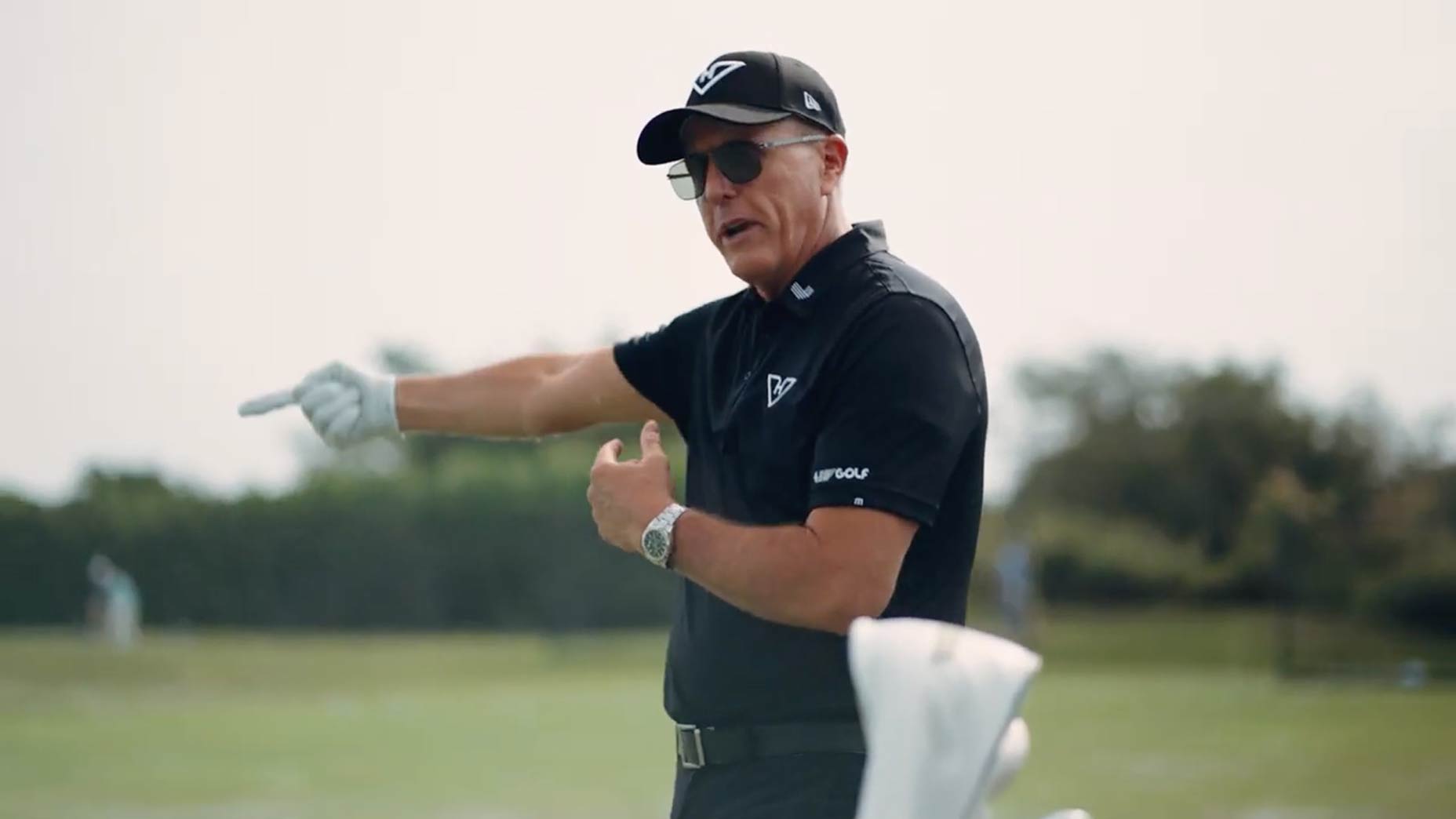There’s a big debate over being steep vs. shallow in the short game. What’s best for the average player? I tried to find out. The post As an average player, is steep or shallow better? I did a deep-dive to find out appeared first on Golf. There’s a big debate over being steep vs. shallow…
Former Korn Ferry POY explains how to use the Texas wedge off the green
2011 Korn Ferry Tour Player of the Year and former pro J.J. Killeen explains why using a putter from just off the green is a smart decision.
The post Former Korn Ferry POY explains how to use the Texas wedge off the green appeared first on Golf.
2011 Korn Ferry Tour Player of the Year and former pro J.J. Killeen explains why using a putter from just off the green is a smart decision.
The post Former Korn Ferry POY explains how to use the Texas wedge off the green appeared first on Golf.
Most golfers are probably familiar with the term Texas wedge, which simply refers to the idea of using a putter (or a low-lofted club) when just off the green, rather than trying to hit a wedge.
Thing is, plenty of golfers (especially amateurs) think it’s blasphemous to use a putter from off the putting surface, often thinking pro players only use wedges in those types of situations.
But, boy, are those types of players wrong.
While TV cameras don’t usually show pros using a Texas wedge, it’s a shot that every pro uses in the short game. That’s because it keeps the ball on the ground when near the green, making it easier to control.
For mid-to-high handicappers, using a Texas wedge can be a lifeline that leads to less wedge mistakes and lower scores. And if you’re someone who insists on only hitting wedges when around the green, 2011 Korn Ferry Player of the Year J.J. Killeen explains why it’s time to rethink your strategy.
Why a Texas wedge is the safest play near the green
If you’re anything like me, you know that using a wedge near the green can be a tricky proposition. With so many (potentially bad) things that can happen — like chunking or skulling it — a golfer needs to be confident that their setup and execution is precise so not to leave themselves with an even worse next shot.
That’s why Killeen says to take control of the situation and just use a Texas wedge instead, which allows for more opportunities to leave your shot close.
“A lot of amateurs will make the mistake of chipping too close to the green,” Killeen says. “So using a putter is always a great idea.”
Next, he says it’s important to first read the fringe in front of the ball — which is the main obstacle a player will deal with on this type of shot. This will help identify how the ball will roll once it gets onto the putting surface.
“You want to read the putt when you get on the green, just to see how it rolls, and then really read the first part of the putt through the fringe, because it’ll [more than likely] bounce early on, so you want to read that first part before it gets close to the hole,” he says.
Killeen then sets up to the ball as he would a normal putt, with the ball position in the middle of his stance. He identifies his start line and then anticipates the ball moving left to right.
“My putt should go just a little bit right, so I’ll want to get it through the fringe first and just kind of play the break after that,” Killeen says.
While his shot just lipped out, Killeen read the putt properly and gave himself a higher percentage shot than had he chipped from that same location off the green — which is why a Texas wedge can be so beneficial.
Short Game Gains Trigon Toolkit
$89.99
View Product
The post Former Korn Ferry POY explains how to use the Texas wedge off the green appeared first on Golf.


